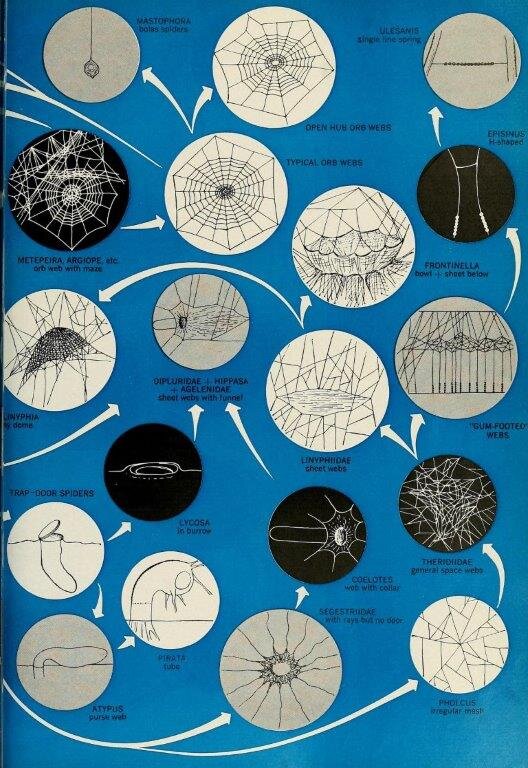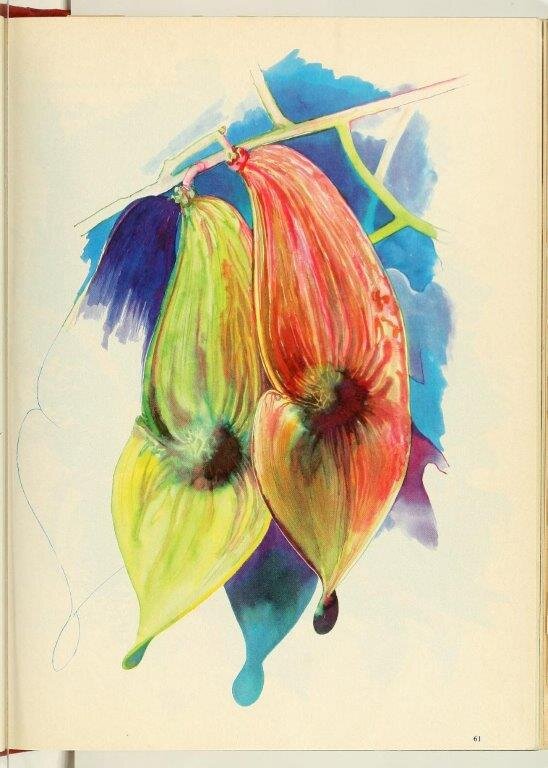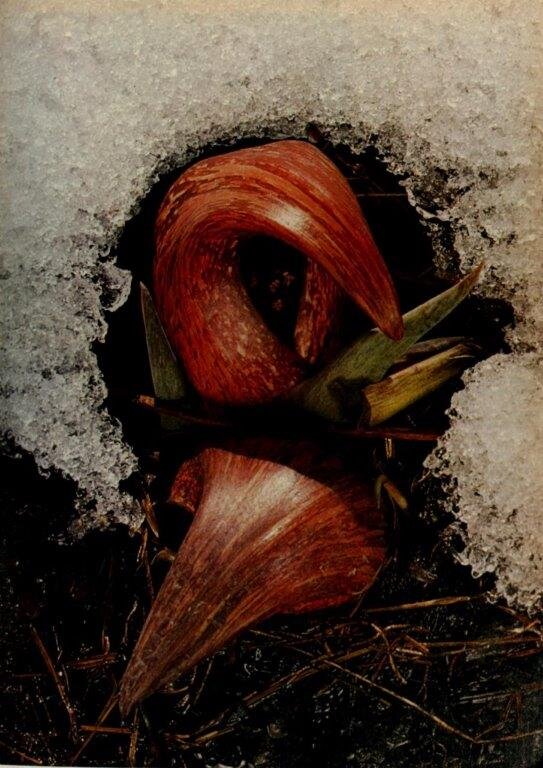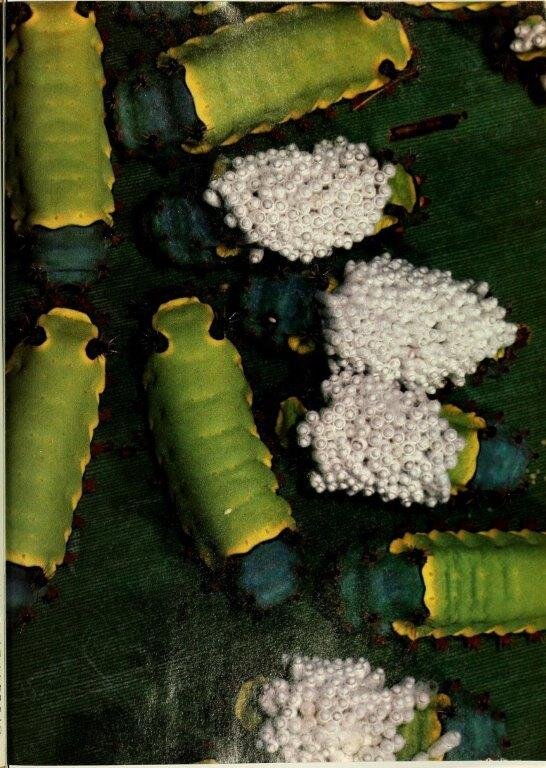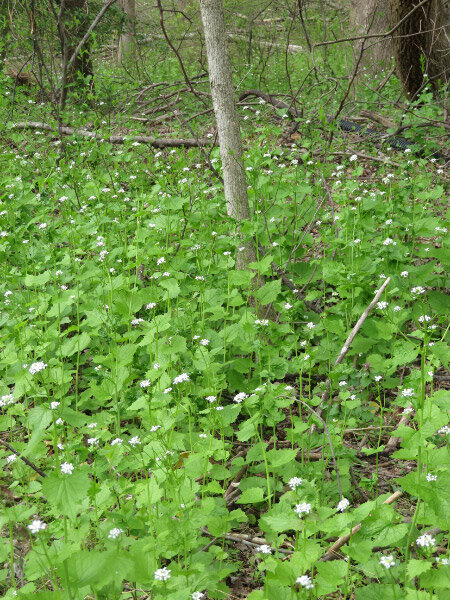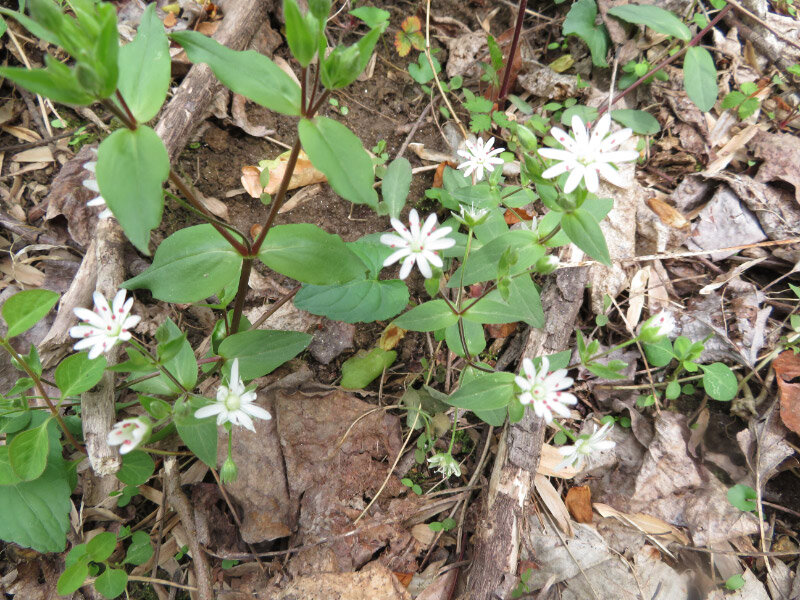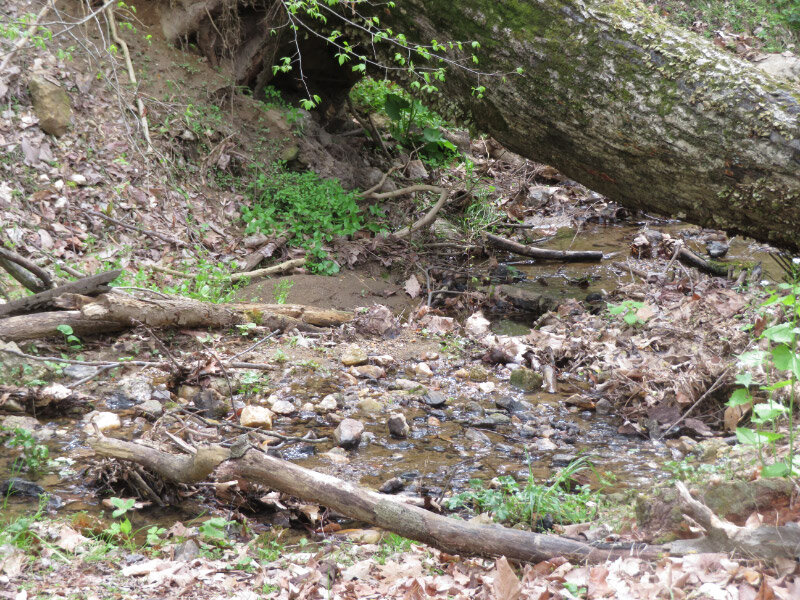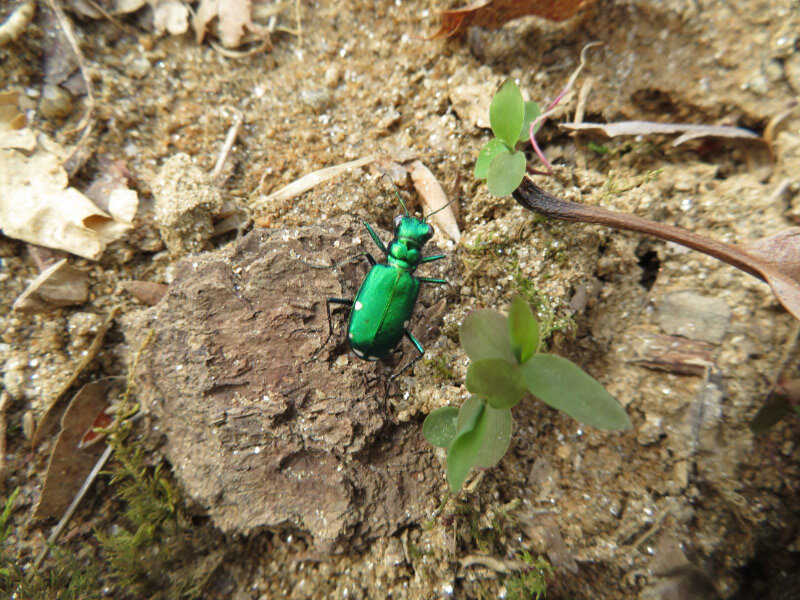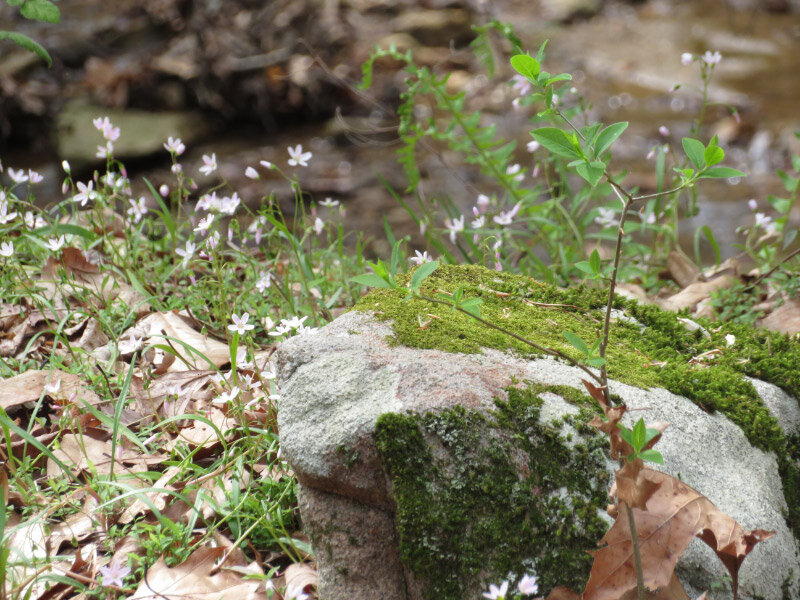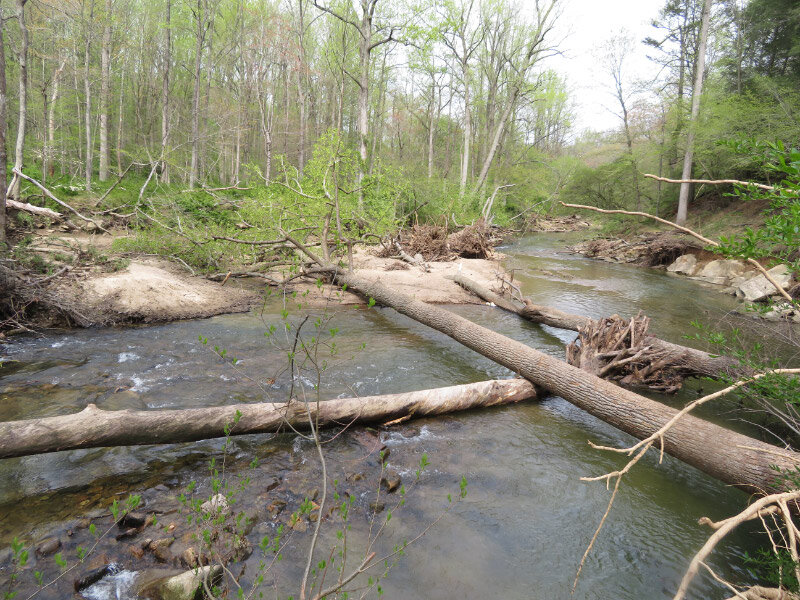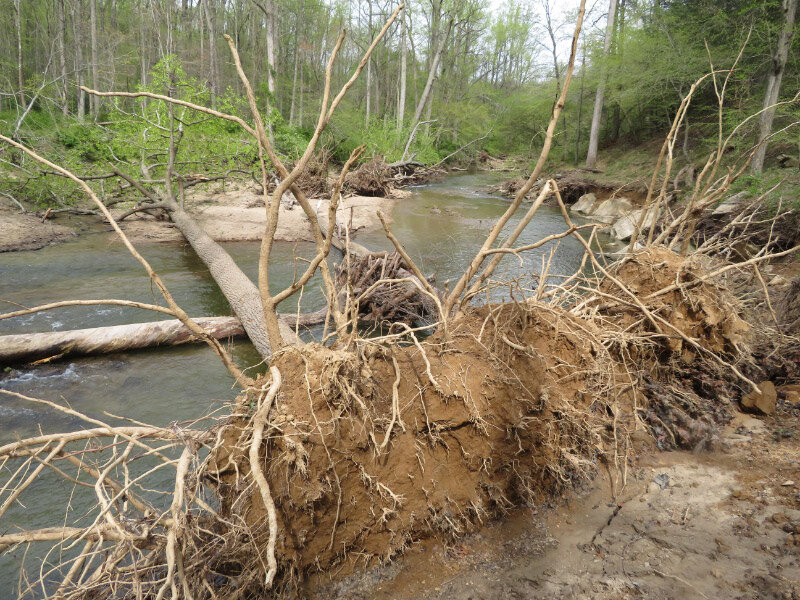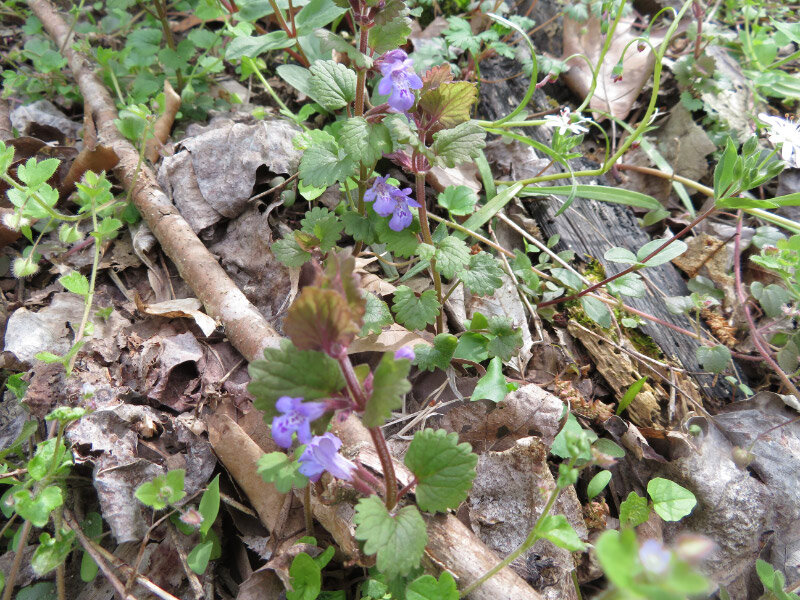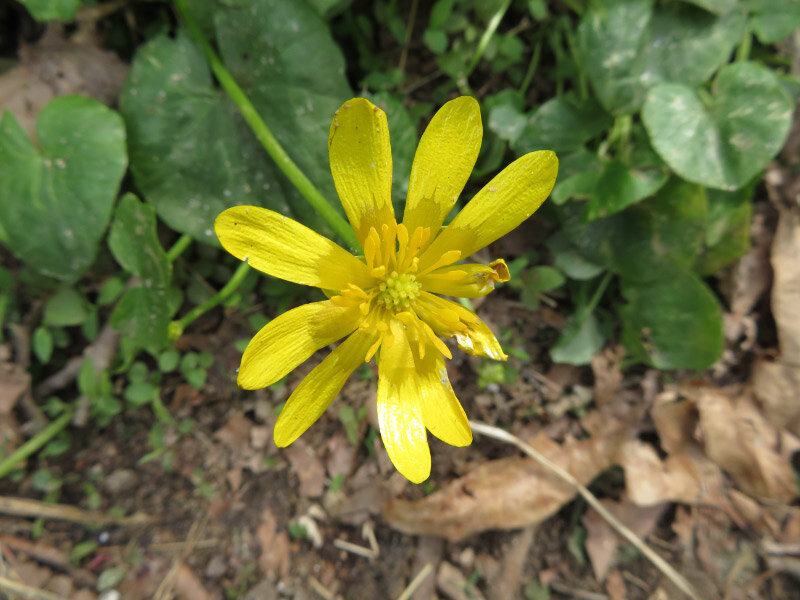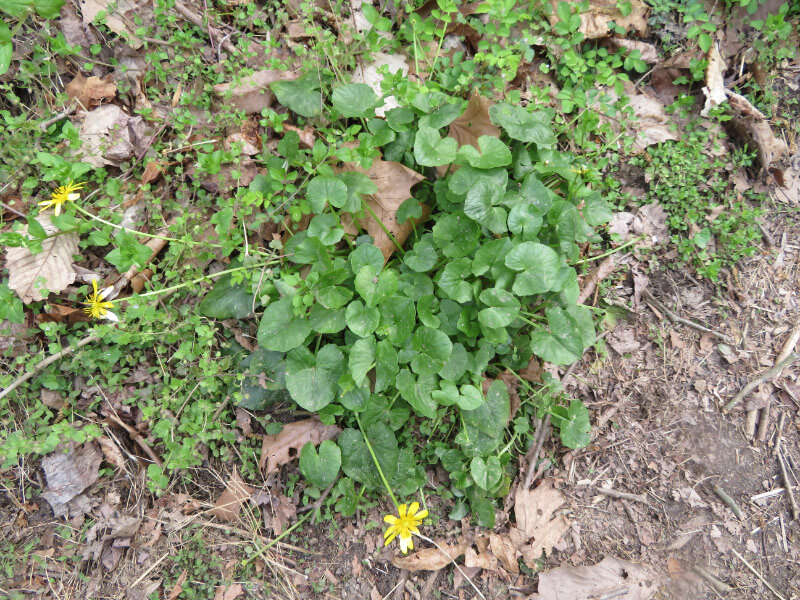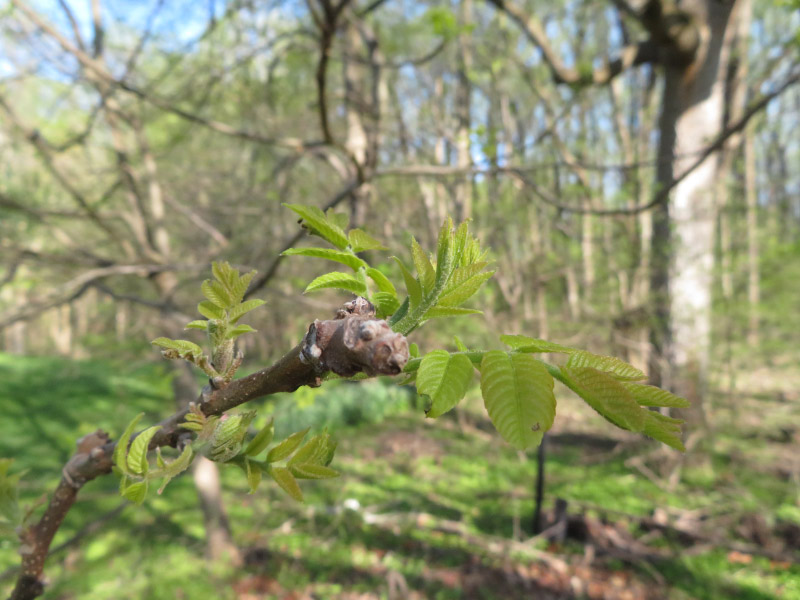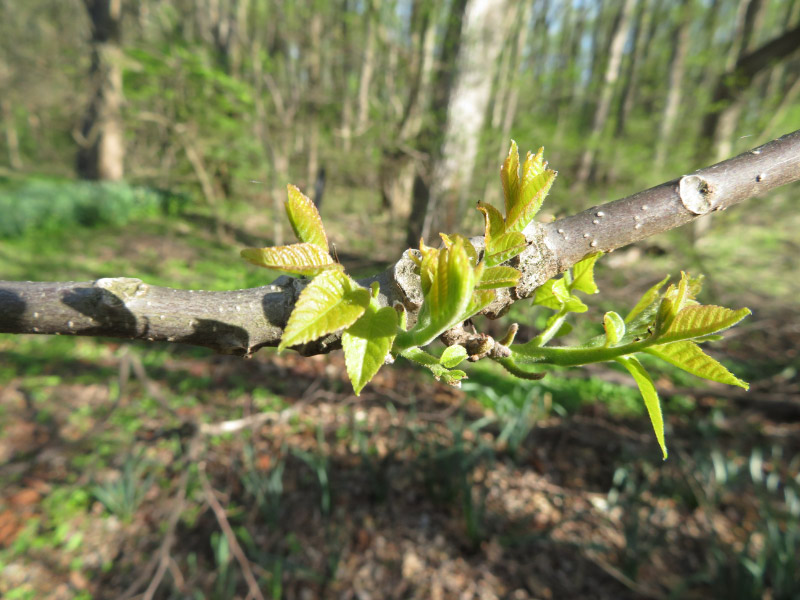Browsing Natural History Magazines – March 2021
/I browsed the 1966 to 1984 volumes of The American Museum of Natural History’s magazine available on Internet Archive in March 2021. There will be more browsed in April. I collected a few images from each volume ... all the volumes are well worth looking through.
In 1966, the infographic (I’m sure they didn’t call it that in 1966) about spider webs was well done
And I enjoyed the bird pictures by Basil Ede.
Then there were images if flowers and mushrooms and Persian artifacts…carnivorous plants, flamingoes… that I picked from the 1967 to 1972 volumes (this was the time period I was in grade 7-12).
In 1973 there were seed pods (lotus, magnolia, London Plane)), a small racoon, fall leaves, and a turkey…marking the seasons.
In 1974 to 1977 my image picks are hermit crabs, volvox, Mesa Verde (which my husband I visited during this time), and a frog. My husband got his undergraduate degree and I was working full time/going to college part time.
In 1978 there were some beautiful images of seeds in flight.
1979 included many articles that were interesting to me: skunk cabbage, Pompeii, and the 17-year cicadas.
In 1980 there was an article about how snakes shed their skin.
The 1981 volume is missing from the Internet Archive collection. In 1982 there were a lot of articles that interested me – about Jack-in-the-Pulpits and lichens…jewel weed and nautiluses….
And then endemic Hawaiian plants and birds. 1982 was the year my husband and I finished our formal schooling…he had a PhD in Physics and I had a MS in Math.
1983 included a great picture of an Egret in Florida…1984 some parasitized caterpillars. 1983 was a pivot year for us because we move away from Texas and to Virginia/Maryland pursuing our careers.
Overall – I enjoy browsing through the annual volumes of this magazine….thinking about what I was doing at the time they were originally published.


